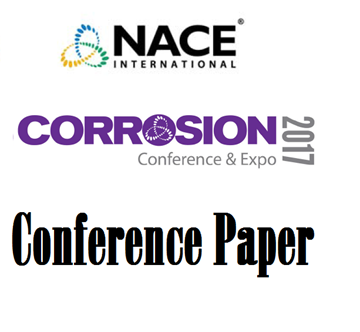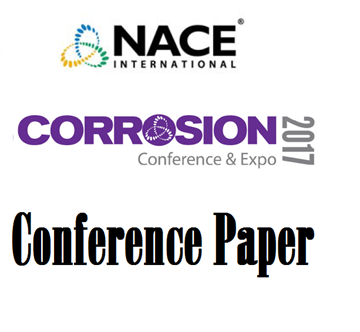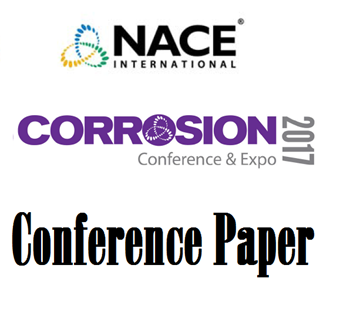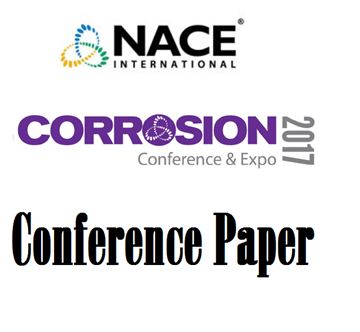Search
NACE Conference Papers
View as
Sort by
Display
per page
Detecting and Preventing Internal Corrosion Damage in Unpiggable, Intermittently-Operated, Crude-Oil Pipelines
Product Number:
51320-14673-SG
Publication Date:
2020
$20.00
Detecting Hidden Integrity Threats Using CP Current In-Line Inspection Tools
Product Number:
51317--8883-SG
ISBN:
8883 2017 CP
Publication Date:
2017
$20.00
Deterioration of Wastewater Treatment and Collection System Assets: Knowing Where and How to Look
Product Number:
41206-271-SG
Publication Date:
2006
$20.00
Determination of the Acceptability Conditions for a Safe Use of Alloys UNS S32750 Through SSRT Screening
Product Number:
51321-16322-SG
Publication Date:
2021
$20.00
Determination of the Corrosion Rate of Thermally Spayed Aluminum (TSA) in Simulated Marine Service
Product Number:
51320-14650-SG
Publication Date:
2020
$20.00
Determining Repair and Replacement of Legacy Pipeline Systems
Product Number:
51319-13427-SG
Publication Date:
2019
$20.00
Determining the Dissolved Oxygen (DO) Concentration Limit for Safe Operation of CRAs in Saline Solution
Product Number:
51317--9062-SG
ISBN:
9062 2017 CP
Publication Date:
2017
$20.00
Develop Test and Validate a Corrosion Monitoring Cell to Quickly Evaluate Effectiveness of the Corrosion Control Measures
Product Number:
51319-12841-SG
Publication Date:
2019
$20.00
Developing a Life-Cycle Cost Analysis Framework to Evaluate the Cost-Effectiveness of Hydroelectric
Product Number:
51317--9099-SG
ISBN:
9099 2017 CP
Publication Date:
2017
$20.00
Developing A Likelihood-Based Modeling Approach To Predict Atmospheric Corrosion Rates Using Corrosion Sensor Technologies
Product Number:
51321-16806-SG
Publication Date:
2021
$20.00
Developing a Wastewater Treatment Plant Coating Maintenance Program
Product Number:
41206-244-SG
Publication Date:
2006
$20.00
Developing and Managing a Coatings & Linings Program in an Electric Utility
Product Number:
51317--8812-SG
ISBN:
8812 2017 CP
Publication Date:
2017
$20.00












